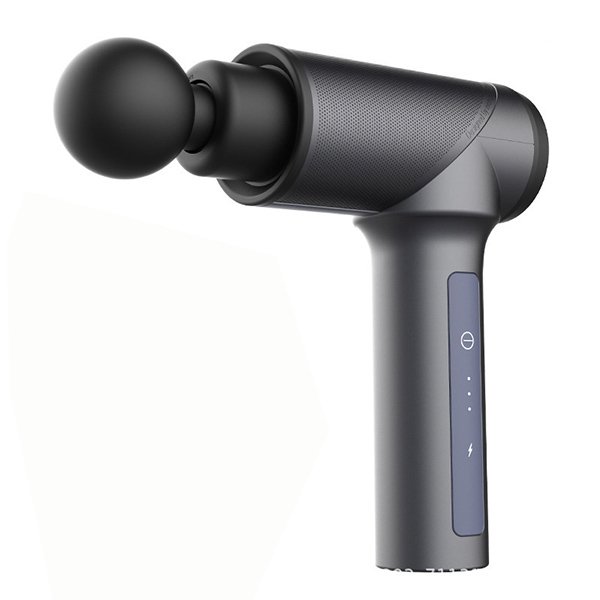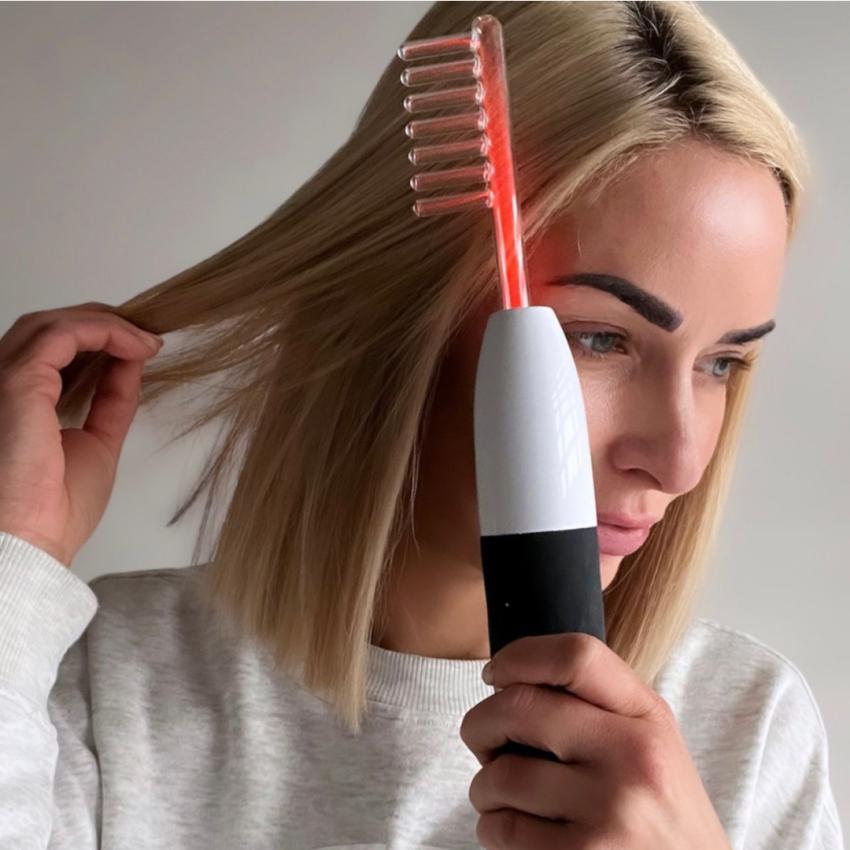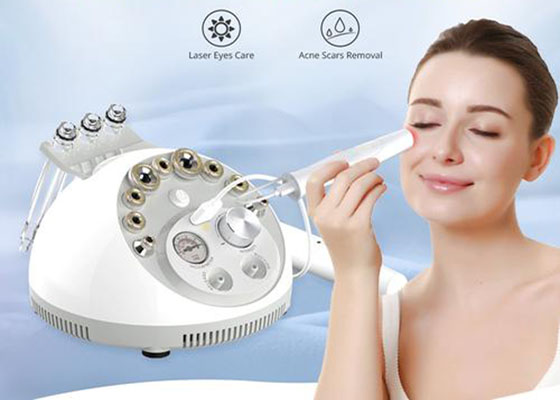Have you experienced the kind of pain that does not seem to go away, regardless of what you try? After trying countless massages, tools, and even integrating certain lifestyle changes – you may be looking for one effective solution to your problem.
In such cases, there are high chances of you suffering from myofascial pain syndrome. This condition is caused when there is sensitivity and tightness in the multiple layers of tissue that surround the muscles and tendons in your body – thus causing significant levels of pain. People who suffer from myofascial pain syndrome typically report the pain in specific parts of the body, and these can be characterized as the trigger points amongst all of the myofascial tissue present in your body.
Now that you know the reason behind your chronic pain, the solution to the problem is myofascial release. This type of physical therapy is known to ease the tension in the myofascial tissues of your body and thus alleviating the sensation of pain. If you cannot point out the origin or specific point of pain, myofascial release can be highly beneficial since it is typically used to massage a large area of muscle instead of a localized point on your body.
Myofascial release treatments are often done by massage therapists, but you can also do it yourself by using certain specialized tools. Either way, the process of myofascial release includes gently massaging the area where the pain is present and focusing on the areas that feel more tight and less elastic than normal. Pressure is applied to ensure therapeutic benefits and certain myofascial release tools such as foam rollers or massage guns may be used to aid the process. These tools help in applying varying levels of pressure on the trigger points of the body and help release tension in the muscles.
After the process has been repeated a few times, you will be able to localize your pain better and the rest of the therapy will focus on a smaller section of your muscular system.
Do I Need Myofascial Release?
When people hear the term myofascial pain syndrome, they tend to think whether or not they need specialized therapy to treat their condition. However, since there is no risk involved in myofascial release, it is often recommended to patients who are diagnosed with the pain syndrome.
Other people who report frequent migraines are also recommended to try myofascial release. Some chronic headaches are caused by the tightening of muscles and the fascia in the head and neck areas and opting for myofascial release can be beneficial in treating such conditions.
Another use of myofascial release is to treat venous insufficiency, or a condition where there are pools of blood collected in the veins of the leg. This can cause significant pain in the leg and in extreme cases, reduce mobility and affect normal functioning. Myofascial release is often used to treat this condition alongside of taking medication since massaging the effected leg can contribute towards an improvement of blood circulation.
The Scientific Research Behind Myofascial Release
If you are wondering whether the practice of myofascial release is purely traditional or scientific – then we would say the answer is both. Apart from self-reports of people benefitting from myofascial release, two recent studies conducted by the International Journal of Sports Physical Therapy and the Journal of Bodywork and Movement Therapy contributed significantly to the science behind myofascial release.
Both of these studies focused on using myofascial release tools by yourself to treat sensations of pain and concluded that the form of therapy increased mobility, improved joint flexibility, reduced post-workout soreness of muscles, and even contributed towards strength building. Suggestions were made that myofascial therapy contributed towards improved parasympathetic nervous system function which is why it helped alleviate pain and soreness in the muscles.
Myofascial Release Tools
On the topic of using myofascial release therapy yourself, you can try using one of the many myofascial release tools available in the market. These include foam rollers, massage guns, trigger point balls, and more. Apart from helping people alleviate their symptoms of pain and inflammation, these myofascial release tools also benefitted athletes in their sports performance and overall fitness and health.
Before highlighting two of the most popular myofascial release tools, here are two important points to remember:
1. The Different Kinds of Myofascial Release Tools
Like any other form of therapy, there are different myofascial release tools designed for different purposes. Each of these tools will be for certain body parts and offer varying levels of intensity. It is important to try a range of tools before deciding on the most effective one for your own body type, and it may be even better to have a specialized kit of myofascial release tools of your own.
2. Building Tolerance Over Time
Myofascial release tools will help you apply pressure on the areas where you experience pain. As you continue using the myofascial release tools, you are likely to experience sensory adaptation. This is a point at which your body will become accustomed to the degree of pressure that you have been applying on a regular basis and stop producing effective results. You should consider upgrading your release tool or increasing the degree of intensity at this point but remember to begin with the basics first.
The Most Popular Myofascial Release Tools
Regardless of whether you are just starting out with myofascial release tools or have been using them for quite some time, there are two tools that are considered the most effective: foam rollers and massage guns. Here are some of our top myofascial release tools:

1. Amazon Basics High-Density Round Foam Roller
If you are just beginning using myofascial release tools, we recommend trying this basic foam roller. While it is affordable and easy to get through Amazon, a foam roller will help you apply pressure to the area of your body where you are experiencing pain. You can choose between a 36-inch version or an 18-inch version, depending upon how localized your pain sensation is.
2. TriggerPoint GRID Foam Roller
Once you are ready to upgrade from your basic foam roller, you can switch to the TriggerPoint GRID Foam Roller. With a rigid and hollow core, this foam roller allows you the freedom to adjust the intensity according to your preference. While this foam roller is relatively more expensive than the Amazon one, it will definitely be a good investment since it is likely to be beneficial for you for a long period of time.
3. Theragun G3 Percussive Therapy Device
This massage gun will be able to give you all the benefits and freedom that you may be missing out on with a foam roller. This percussion massage gun device is able to apply pressure on the deepest of fascia around your muscles and comes with a range of different attachment heads to choose from. Due to this diversity, you can apply varying degrees of pressure that will be applied automatically by the machine (as opposed to your own strength while using a foam roller) and choose the attachment head that is most suitable for your body.
The reason behind recommending the Theragun G3 massage gun is because it is comparatively quieter amongst all the different massage guns available in the market. So, if you are somebody who wants to relax during your myofascial release therapy, we recommend opting for this quiet massage gun that is highly effective and versatile.
The Final Word: Foam Roller or Massage Guns?
If you want to try the myofascial release therapy, we recommend opting for a massage gun that can stimulate your muscles and fascia at varying intensities and speeds. Using a massage gun is much easier than a foam roller – especially since the handheld machine will do everything independently and does not require much effort from your side.
By making use of the different attachment heads, you can stimulate different areas of your body using massage guns and target the specific trigger points that have been causing pain.



